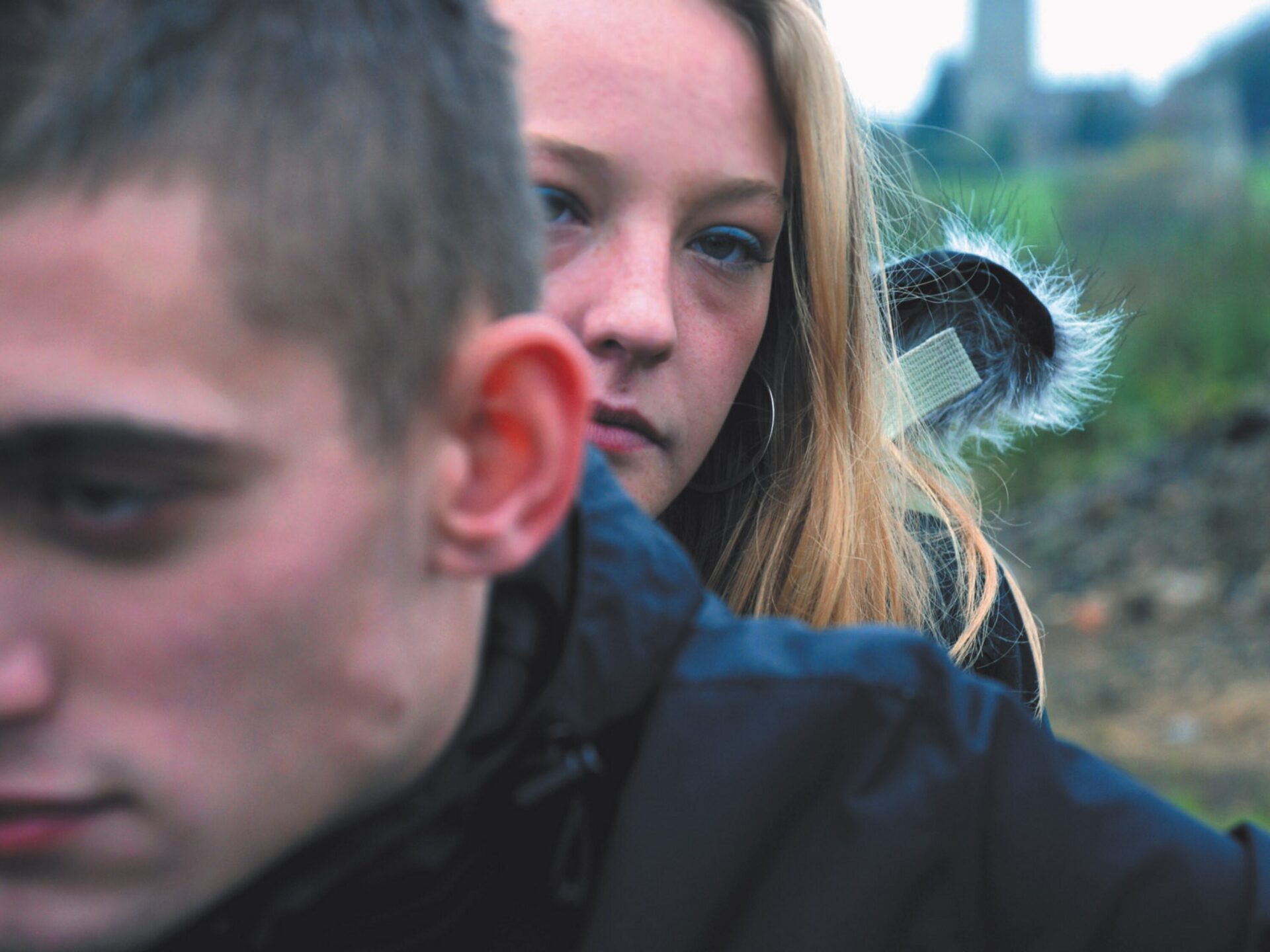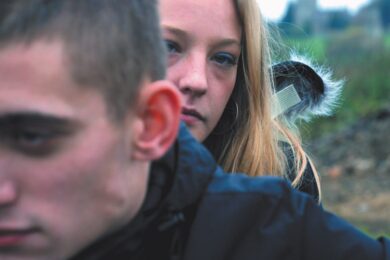The relationship between the British people and nature has changed over time. Once it was elemental, the basis of our day-to-day existence as a nation made up largely of agricultural labourers. The modern world often reduces it to the contrast between concrete deserts that we call ‘cityscapes’ with the countryside often feeling like an afterthought, perhaps a nice view between train stops. Some like to bask in nature on the weekends but soon return to their urban comforts and conveniences. Others buy large houses in the countryside and move there for ‘the peace’ and to live a tranquil life. Often these people don’t need to work. Then there are the people who live in the midst of these rural landscapes, working class people, often in poverty or very near it, trying to make ends meet and, for them, for us, this life can be brutal. We’re more connected to the animals and the changing seasons, but not just governed by nature. Political decisions act like the weather, coming in with the wind, travelling uncontrollably towards us as we’re told that it’s just something that we have to accept and react to.
This existence, one where nature and political neglect move hand in hand, is at the core of Better Things, the 2008 film by Duane Hopkins, a director and photographer who has long had themes of rural deprivation at the heart of his work. The film weaves together the nuanced stillness of lives lived in one rural community, all connected by their desire to find something to take them away from their daily reality.
Duane’s feature length directorial debut challenges perceptions of people who live in these forgotten communities. Two characters drive out to a field to smoke heroin from foil tubes before driving home aggressively down country lanes, yet, when they talk to each other in the car, the noise of the engine cuts out completely. It creates an unsettling intimacy. The character of Gail bookends the film by reading the same quote. We first see her in her room, smoking cigarettes and reading as trees billow silently behind the glass of her bedroom window. She reads to us: “Nothing. She supposed. This was real life and real life was difficult at best. Hadn’t she learnt that?” The word ‘Nothing’ appears large on our screen. The story is a way for her to connect with the world around her without having to journey out into it. City dwellers like to visit the countryside for big skies and escape, but she suffers from severe agoraphobia.
During the course of my life, I have been many of these characters. As time progresses, I’m assuming I will become more of them. Having grown up in an area like this and still residing in the midst of the crumbling brickwork in my 30s, I am not one of the people who has the luxury of looking back nostalgically at the quirks of the past. If you never leave a place and grown with it into adulthood, you take ownership of your surroundings, become protective of it. A defensive attitude becomes moulded into your psyche and stays there, just as the deer seem to have lived forever in the hills.
Better Things’ multiple-narratives are bound together by their location and shared hardships. The trails they face in the mundanity.
‘Mundane’. A word that can often be used for the countryside and the stillness, the lack of anything happening on the surface. Sometimes there’s a party. Sometimes a woman, screaming, chucks pots and pans at her partner. Sometimes two blokes will square up or a stolen car skids around the corner. Sometimes someone will get stabbed on the top row over drugs and end up in intensive care. Sometimes. But most of the time it’s not sometimes. Most of the time it’s still, so still you would wonder if the houses are abandoned. Behind the doors, the stillness manifests in different ways. In Better Things, we are shown shots of beech trees, lush and green, billowing in the wind, followed by the static and empty streets. Then, an interior, the room dressed up like an old lady yet with a pale dead body on the couch. A cord still around her arm. A needle on th…



